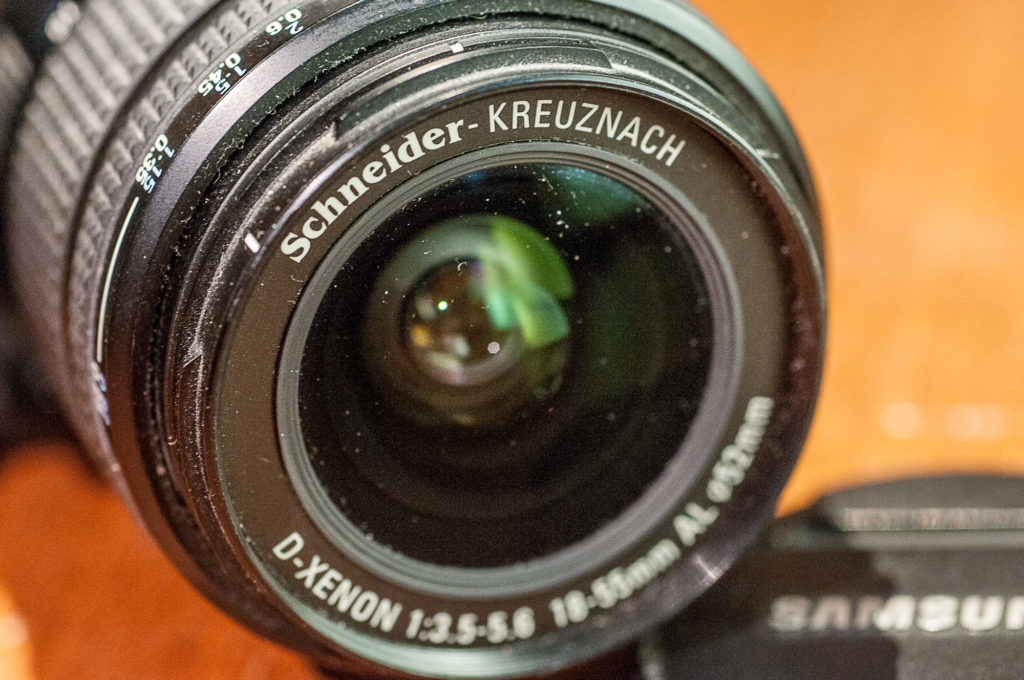Lenses
How to determine the age of a Schneider lens | Understanding the Relationship Between Camera Manufacturing Dates and Lens/Shutter Production
**Introduction**
In the world of photography, the interplay between cameras, lenses, and shutters is crucial to capturing the perfect shot. However, there can be confusion when it comes to determining the manufacturing dates of these components. In this article, we will explore the relationship between camera manufacturing dates and lens/shutter production. By understanding this relationship, photographers and camera enthusiasts can gain insights into the evolution and compatibility of their equipment.
**1. The Connection between Camera Manufacturing and Lens/Shutter Production**
When it comes to cameras, lenses, and shutters, it’s important to note that they are often manufactured independently and then brought together during the camera assembly process. This means that the date a lens or shutter is made might not necessarily align with the date the camera itself was manufactured. To shed light on this, let’s delve into the reasons behind such discrepancies.
**2. Batch Production and Time Lags**
Camera manufacturers often produce lenses and shutters in batches rather than on a per-camera basis. These batches are then utilized as needed during the camera assembly process. Consequently, a camera manufactured in a particular year may be equipped with a lens or shutter produced in the previous year or even earlier. This practice allows manufacturers to streamline their production processes, reduce costs, and maintain consistent quality across multiple camera models.
Additionally, it’s essential to consider the possibility of post-manufacturing modifications. In some cases, a camera may undergo repairs or upgrades, resulting in the installation of a lens or shutter that is manufactured later than the original camera. This scenario can occur when a photographer or a professional repairer replaces a faulty component or enhances the camera’s capabilities.
**3. Determining Manufacturing Dates**
Given the intricacies involved, accurately determining the manufacturing dates of cameras, lenses, and shutters can be challenging. However, there are a few strategies that can help enthusiasts make more informed assessments:
**a) Serial Numbers and Documentation**
Serial numbers can serve as valuable clues when establishing the production dates of cameras, lenses, and shutters. By cross-referencing these serial numbers with manufacturer records or online resources, enthusiasts can often pinpoint the approximate date of manufacture. Additionally, referring to documentation such as user manuals, service guides, or catalogues from the manufacturer’s archives can provide further insights.
**b) Historical Context and Features**
Studying the historical context and technological advancements during a specific period can also offer valuable information. Camera models, lenses, and shutters may have undergone significant changes over time, incorporating new features or design elements. By examining the features present in a particular camera or lens, one can make reasonable assumptions about its manufacturing era.
**c) Expert Opinions and Forums**
Engaging with knowledgeable experts and participating in online forums dedicated to camera history and equipment can provide invaluable insights. Seasoned photographers, camera collectors, and repair specialists often possess a wealth of experience and firsthand knowledge about specific models, lenses, and shutters. Seeking their advice or joining discussions can help in unraveling the mysteries surrounding manufacturing dates.
**4. Ensuring Accuracy**
While these methods can provide useful guidance, it’s important to acknowledge that determining precise manufacturing dates can be challenging. Discrepancies, conflicting information, and the passage of time can introduce uncertainties. Therefore, it’s crucial to approach the information gathered with a degree of caution and use it as a reference rather than an absolute certainty. Taking a holistic approach, combining multiple sources, and considering various factors will yield more reliable results.
**Conclusion**
Understanding the relationship between camera manufacturing dates and lens/shutter production is key to comprehending the evolution and compatibility of photographic equipment. By recognizing the practices of batch production, time lags, and post-manufacturing modifications, photographers can navigate the complexities
Schneider Lens Serial numbers VS Serial Number Date
30,000 December 1919
40,000 May 1920
50,000 January 1922
100,000 January 1925
200,000 June 1928
300,000 February 1929
400,000 April 1931
500,000 June 1932
600,000 August 1933
700,000 October 1934
800,000 September 1935
900,000 May 1936
1,000,000 November 1936
1,200,000 December 1937
1,400,000 November 1938
1,600,000 September 1939
1,800,000 June 1942
2,000,000 September 1948
2,200,000 July 1949
2,400,000 October 1950
2,600,000 May 1951
2,800,000 November 1951
3,000,000 May 1952
4,000,000 October 1954
5,000,000 February 1957
6,000,000 May 1959
7,000,000 February 1961
8,000,000 March 1963
8,500,000 February 1964
9,000,000 February 1965
9,500,000 September 1965
10,000,000 January 1967
10,500,000 October 1967
11,000,000 November 1968
11,500,000 July 1970
12,000,000 September 15, 1972
12,500,000 March 1974
13,000,000 December 1976
13,200,000 September 1977
13,400,000 Ocotober 1978
13,600,000 October 1979
13,800,000 January 1981
14,000,000 October 1983
14,100,000 January 1985
14,200,000 August 1986
14,300,000 November 1988
14,400,000 January 1991
14,460,000 February 1992
14,480,000 January 1993
14,500,000 November 1993
14,510,000 January 1994
14,520,000 May 1994
14,540,000 January 1995
14,560,000 April 1995
14,590,000 January 1996
14,600,000 April 1996
14,620,000 November 1996
14,730,000 April 2000

